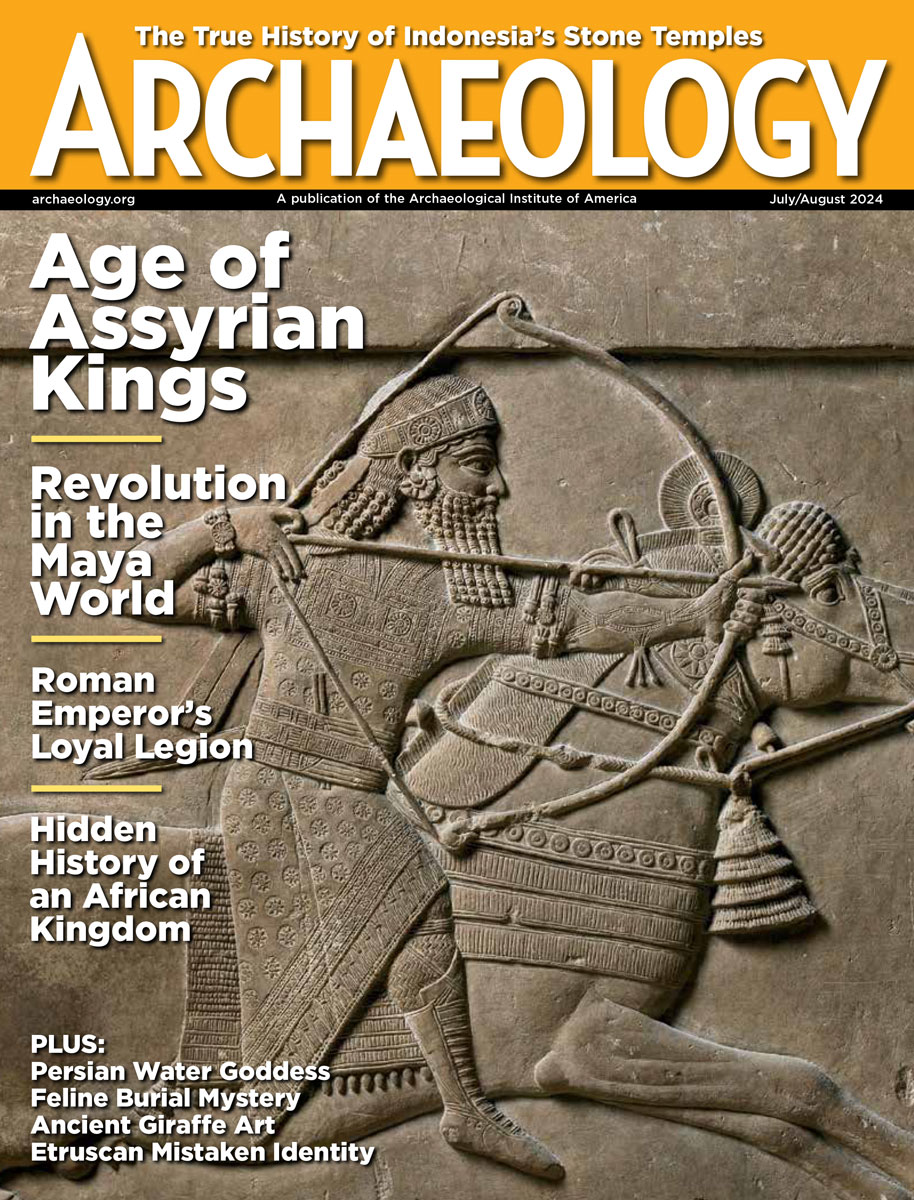Monday, October 27
October 27, 2008
Early Neolithic people parboiled their bulgur wheat to make instant cereal. “In this form, the cereal grain can be stored throughout the year and consumed easily, even without boiling, by merely soaking in hot water,” said Soultana-Maria Valamoti of Aristotle University of Thessaloniki.
Humans were able to light and control fire nearly 790,000 years ago, according to a study of flints from an archaeological site on the bank of the Jordan River, along a key route between Africa and Europe. “Once they mastered fire to protect themselves from predators and provide warmth and light, they were secure enough to move into and populate unfamiliar territory,” said archaeologist Nira Alperson-Afil. Â
Aerial photographs show the damage inflicted upon the world’s oldest and largest rock art gallery, in Australia’s Burrup Peninsula, by industrial plants. Â
A tunnel near the Xian Gate and Weiyang Palace may have served as an escape route for China’s emperors. Mud filling the tunnel is supporting its walls, which were constructed with blue bricks. Â
Rituals held at Viking gravesites were the beginnings of the Norse sagas, claims Neil Price of the University of Aberdeen. “It seems clear that the public enactments took place on these occasions, intended to provide the deceased with a poetic passage into the next life,” he said.  This article adds more new thoughts from scholars of the Vikings. “It seems that the Vikings may not have been as hairy and dirty as is commonly imagined,” says a recently published guide from Cambridge University. Â
A 4,000-year-old workshop where ornaments and tools were made has been uncovered on Coloane Island, in the South China Sea. Burnt clay, a hearth, and pottery were also found. Â
Volunteers assisted archaeologists at a building site within Fort Knox, Kentucky, this summer. Plenty of metal objects suggest that they found the blacksmith shop. Â
Traces of the first college in Arkansas were discovered behind a church in Fayetteville. Arkansas College was founded in 1852 by the Rev. Robert Graham of the First Christian Church, which still stands. “It predates the University of Arkansas by 20 years,” said volunteer Wes Stites. Â
Last month, a Civil War re-enactor playing a Union soldier was shot in the shoulder during the filming of a documentary. Police think the shooter may have been a walk-on re-enactor who was not affiliated with a practiced unit. “We don’t let strangers fight. We fight together, we trust each other,” commented Jake Jennette, who commanded Confederate forces at a different mock battle.
- Comments Off on Monday, October 27









